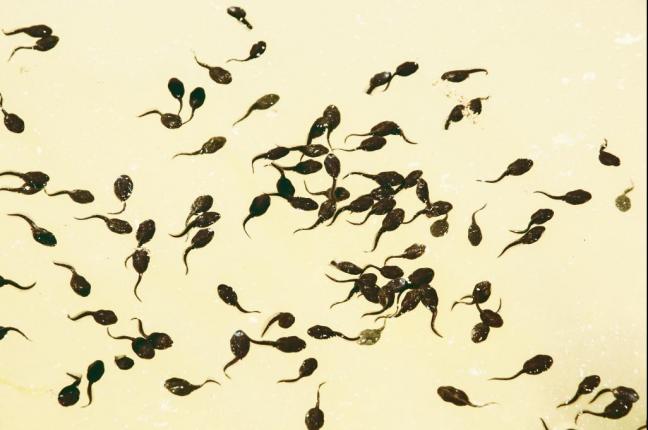EXETER, England, Aug. 11 (Brooks Hays) — Researchers have found a newly identified parasitic disease in tadpoles — one that could threaten global frog populations.
The unnamed disease is caused by a parasitic protist, a single-celled microorganism, which invades tadpole livers. Scientists at the University of Exeter recently tested tadpoles from six countries across three continents, and found the protists present in a variety of species.
“Global frog populations are suffering serious declines and infectious disease has been shown to be a significant factor,” Exeter professor Thomas Richards explained in a press release. “Our work has revealed a previously unidentified microbial group that infects tadpole livers in frog populations across the globe.”
“We now need to figure out if this novel microbe — a distant relative of oyster parasites — causes significant disease and could be contributing to the frog population declines,” Richards said.
Initial analysis suggests the protist is related to a marine parasite present in sea animals and algae.
The researchers, who published their findings in the journal PNAS, say their findings further highlight the growing ecological stress facing all amphibians. More and more science suggests frogs, salamanders, newts and other amphibians increasingly threatened by climate change, habitat loss, disease and more.
More than a third of the world’s frogs are either threatened or extinct.
Some scientists have suggested Earth is witnessing a “sixth extinction” — likening the rapid decline of amphibians and other vulnerable animal groups to the disappearance of the dinosaurs.






